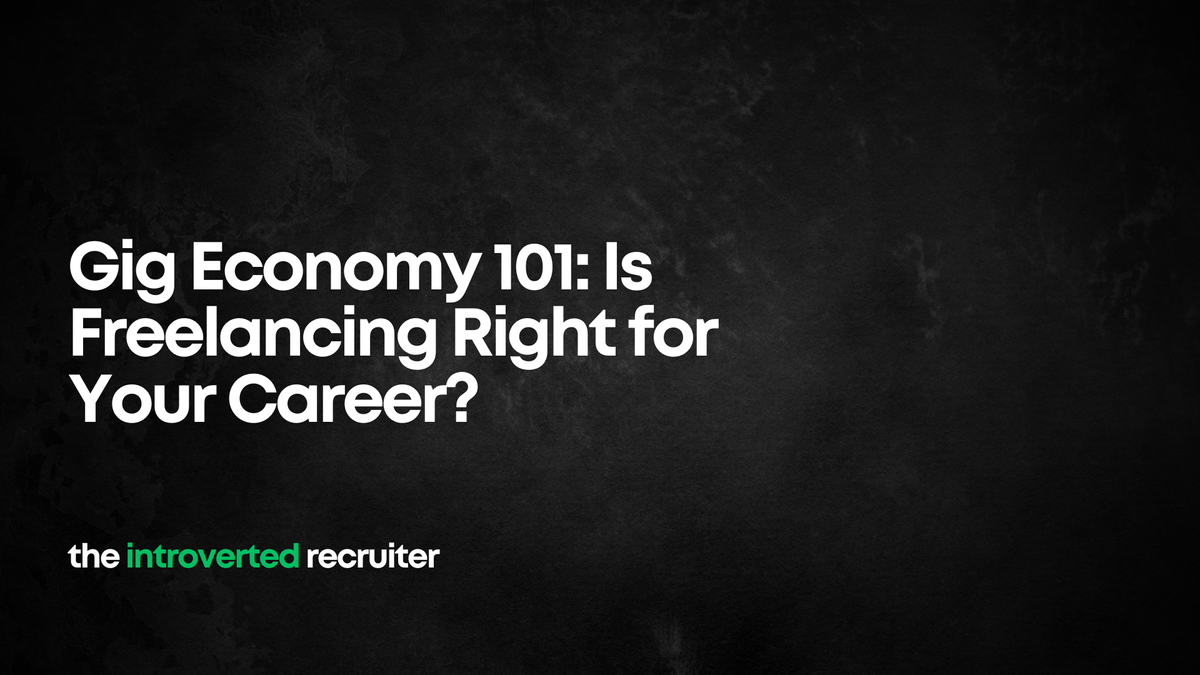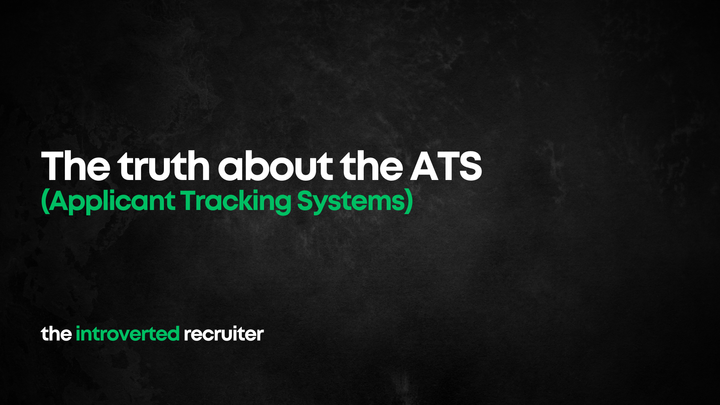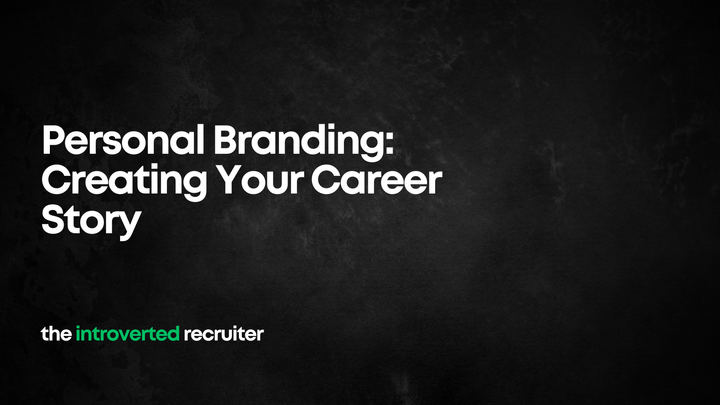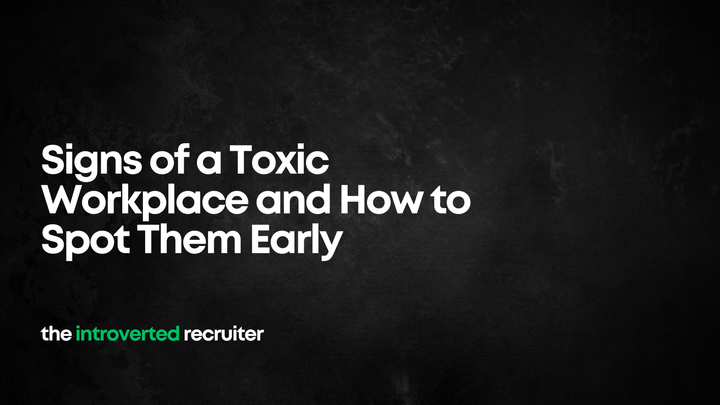Gig Economy 101: Is Freelancing Right for Your Career?

The gig economy has been booming, and it’s not just a trend—it’s a new way of working that offers more freedom and flexibility than traditional 9-to-5 jobs. Whether you’re looking for side gigs to supplement your income or considering freelancing full-time, the gig economy might be your ticket to a more autonomous career.
But before you dive in, you need to ask yourself one key question: Is freelancing right for you? Sure, freelancing sounds great on paper—flexible hours, being your own boss, working from anywhere—but it also comes with challenges like income instability, client management, and the lack of benefits like health insurance and paid time off.
In this article, we’ll walk through the key factors to consider before jumping into the gig economy and how to set yourself up for success if you decide freelancing is the right move.
1. The Pros of Freelancing: Why It Might Be the Best Move for Your Career
Let’s start with the perks. Freelancing has become so popular because it offers several major advantages over traditional employment. Here are the top reasons people are choosing to freelance:
- Flexibility: One of the most appealing aspects of freelancing is having control over your own schedule. You get to decide when and where you work, which can lead to a better work-life balance.
- Autonomy: As a freelancer, you’re your own boss. You get to choose the projects you work on and the clients you take on, which can make work feel more fulfilling and aligned with your passions.
- Unlimited Income Potential: There’s no salary cap in freelancing. The more clients you take on (or the higher rates you charge), the more money you can make. Many freelancers earn significantly more than they did in traditional jobs because they set their own rates.
- Diverse Experience: Freelancing allows you to work with a variety of clients and industries. This keeps your work fresh and allows you to develop a broad range of skills, making you more adaptable in the long run.
Action step: If you’re drawn to the freedom of freelancing, start by thinking about how you’d structure your time and income. Make a list of the pros that resonate most with you and how they align with your career goals.
2. The Cons of Freelancing: What You Need to Prepare For
Freelancing isn’t all sunshine and rainbows. While it offers a lot of freedom, it also comes with some significant challenges that aren’t for everyone. Here’s what you need to consider:
- Income Instability: Unlike a steady paycheck from a traditional job, freelancing income can be inconsistent. Some months you’ll have more work than you can handle, while others might be completely dry. This “feast or famine” cycle can be stressful if you don’t have a financial cushion.
- Lack of Benefits: One of the biggest downsides to freelancing is the lack of benefits like health insurance, retirement plans, and paid time off. You’re responsible for managing these yourself, which can add complexity to your finances.
- Client Management: You’re not just doing the work—you’re also managing clients, setting expectations, handling contracts, and chasing down payments. This can be a full-time job in itself if you’re not careful.
- No Clear Career Path: In a traditional job, you often have a clear path for advancement—raises, promotions, title changes. As a freelancer, it’s up to you to define what “career growth” looks like.
Action step: Think about how you’ll manage the challenges of freelancing. Can you handle income instability? Do you have a plan for securing benefits on your own? Write down any concerns and how you’d address them.
3. Do You Have the Right Skill Set for Freelancing?
Not every career is suited to freelancing. Certain industries, like design, writing, marketing, web development, and consulting, are naturally more freelance-friendly because the work can be done remotely and doesn’t require a long-term, in-house presence. But some careers—like those in healthcare or education—are harder to translate into freelance work.
To succeed in the gig economy, you’ll need to be able to:
- Market Yourself: You’re in charge of landing clients, which means you need to know how to sell your skills. If self-promotion makes you uncomfortable, freelancing might be a tough adjustment.
- Stay Self-Motivated: Freelancing requires a lot of discipline. Without a boss looking over your shoulder, it’s up to you to manage your time, meet deadlines, and stay organized.
- Handle Multiple Projects: Freelancers often juggle several clients at once. You’ll need strong project management skills to keep everything on track and meet client expectations.
Action step: Assess your skills and industry. Are your abilities in demand in the freelance world? Can you handle multiple projects at once? If not, how can you build those skills?
4. Finding Clients in the Gig Economy
One of the biggest concerns for freelancers, especially those just starting out, is finding clients. Luckily, the gig economy has plenty of platforms that can help you get started, but don’t rely solely on them.
Here’s how to find clients in the gig economy:
- Tap Into Your Network: Your first clients are likely people you already know—former colleagues, clients, or professional contacts. Let them know you’re freelancing and available for work.
- Freelance Platforms: Sites like Upwork, Fiverr, and Freelancer are great for building a portfolio and landing those first few clients. Just be mindful of setting fair rates for your services, as these platforms tend to drive prices down.
- Optimize Your LinkedIn Profile: Make sure your LinkedIn profile clearly highlights your freelance services. Treat it like a mini-website for your business, showcasing your skills, experience, and client testimonials.
- Create a Personal Website: A personal website or portfolio can be your best sales tool. This is where you can display your work, list your services, and make it easy for potential clients to contact you.
Action step: Start by reaching out to your network. Send an email to past colleagues or connections letting them know you’re freelancing and would appreciate any referrals. Then, set up a profile on a freelance platform or update your LinkedIn with your new services.
5. Setting Your Freelance Rates
Setting your rates can be tricky when you’re starting out. Charge too little, and you’ll be stuck with low-paying clients who don’t respect your time. Charge too much, and you might scare off potential clients.
The key is to find the sweet spot—what is fair compensation for your time and skills? Here are a few tips to help you determine your rates:
- Research the Market: Look at what other freelancers in your industry and with your experience level are charging. Freelance platforms often provide rate benchmarks that can help you gauge where to start.
- Calculate Your Expenses: Don’t forget that as a freelancer, you’re responsible for your own taxes, benefits, and business expenses. Make sure your rates cover not only your time but also these additional costs.
- Consider Value, Not Just Time: Freelancers often fall into the trap of charging by the hour. Instead, consider charging by the project or retainer, based on the value you’re delivering to the client.
Action step: Take 30 minutes to research freelance rates in your industry. Use that information, plus your own financial needs, to set a fair rate for your services.
6. How to Succeed as a Freelancer: Building Long-Term Client Relationships
Freelancing success isn’t just about landing new clients—it’s about keeping them. Long-term client relationships are gold in the gig economy. They provide steady work, minimize the time you spend hunting for new clients, and can even lead to referrals.
Here’s how to build and maintain strong client relationships:
- Communicate Clearly: Set clear expectations upfront about timelines, deliverables, and costs. Make sure you check in regularly and always deliver what you promised.
- Deliver Quality Work: This goes without saying, but the quality of your work is what keeps clients coming back. Don’t cut corners—your reputation is everything in freelancing.
- Go Above and Beyond: Every now and then, go the extra mile. Whether it’s delivering work ahead of schedule or throwing in an extra service, small gestures can go a long way in client retention.
Action step: Think of ways you can improve communication with your clients. Whether it’s sending more regular updates or setting clearer expectations, good communication will keep your clients coming back for more.
Final Thoughts: Is Freelancing Right for You?
Freelancing in the gig economy can be incredibly rewarding, offering flexibility, freedom, and the chance to be your own boss. But it’s not for everyone. If you’re comfortable with the risks—like income instability and the lack of benefits—and are ready to hustle for clients, freelancing could be a great move for your career.
Before jumping in, take the time to weigh the pros and cons, assess your skills, and build a strategy for finding clients and setting your rates. With the right preparation, you can thrive in the gig economy and build a career on your own terms.
Sign Up For My Newsletter
Sign up for my free newsletter on SubStack for all the latest content straight into your inbox as well as a free Job Search Guide & CV Template.
Follow Me
Find me on LinkedIn , TikTok , YouTube or Instagram where I share lot’s of practical no nonsense advice.



